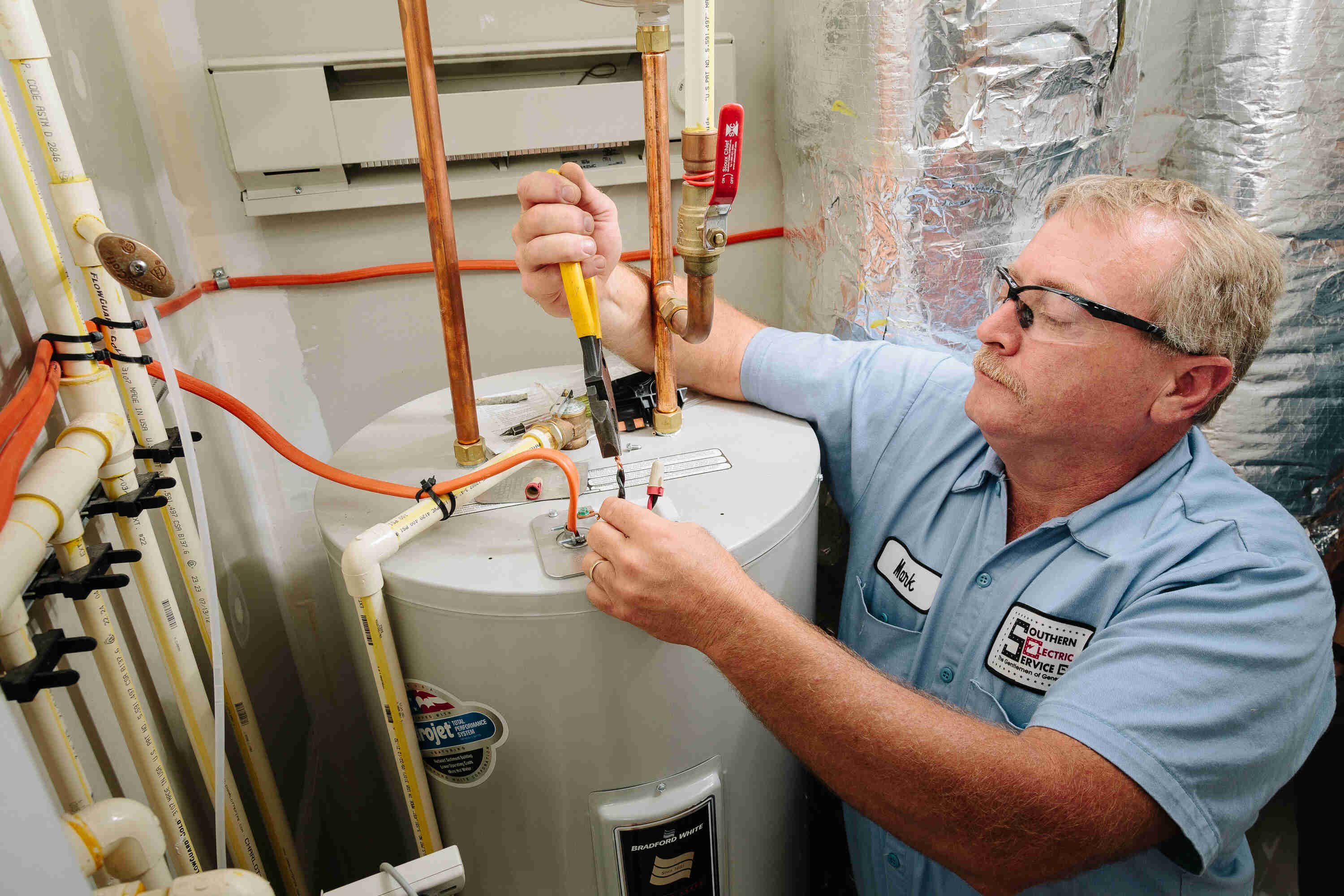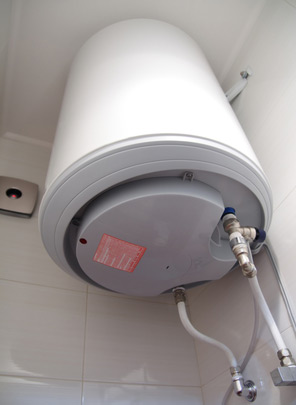Steps on How to Maintain Your Home's Hot Water System ProperlyBest Practices for Caring for Your Home's Hot Water System
Steps on How to Maintain Your Home's Hot Water System ProperlyBest Practices for Caring for Your Home's Hot Water System
Blog Article
Do you find yourself trying to find information on Tips For Maintaining Your Hot Water Heater?

Warm water is important for everyday convenience, whether it's for a revitalizing shower or cleaning dishes. To ensure your warm water system runs successfully and lasts longer, regular maintenance is crucial. This post gives practical suggestions and understandings on just how to maintain your home's hot water system to prevent disturbances and expensive repair services.
Intro
Preserving your home's warm water system may appear complicated, yet with a couple of basic steps, you can ensure it operates efficiently for many years ahead. This overview covers everything from recognizing your warm water system to do it yourself upkeep pointers and knowing when to hire expert assistance.
Value of Keeping Your Warm Water System
Normal upkeep not just expands the life-span of your warm water system yet also ensures it operates efficiently. Neglecting maintenance can lead to decreased efficiency, higher energy bills, and even early failing of the system.
Indicators Your Warm Water System Demands Upkeep
Recognizing when your warm water system requires interest can stop major issues. Look out for signs such as inconsistent water temperature level, weird sounds from the heating system, or rustic water.
Flushing the Water Heater
Flushing your water heater removes debris build-up, enhancing effectiveness and extending its life.
Checking and Replacing Anode Rods
Anode poles stop rust inside the storage tank. Examining and changing them when worn is important.
Facility Concerns Needing Professional Help
Instances consist of major leakages, electrical problems, or if your hot water heater is constantly underperforming.
Routine Professional Upkeep Perks
Professional upkeep can include comprehensive inspections, tune-ups, and making certain compliance with safety criteria.
Checking and Adjusting Temperature Level Setups
Readjusting the temperature level settings makes certain ideal performance and safety and security.
DIY Tips for Maintenance
You can do several upkeep jobs yourself to maintain your hot water system in leading condition.
Checking for Leakages
Frequently evaluate pipes and links for leaks, as these can lead to water damages and higher costs.
Understanding Your Warm Water System
Before diving right into maintenance jobs, it's useful to recognize the fundamental parts of your hot water system. Commonly, this includes the hot water heater itself, pipes, anode poles, and temperature controls.
Month-to-month Maintenance Tasks
Normal monthly checks can aid catch small issues prior to they escalate.
Checking Stress Relief Valves
Checking the stress relief valve guarantees it functions properly and prevents extreme stress buildup.
Shielding Pipes
Protecting warm water pipes minimizes warmth loss and can save power.
When to Call a Specialist
While DIY upkeep is beneficial, some problems call for professional competence.
Verdict
Regular maintenance of your home's warm water system is crucial for efficiency, durability, and price savings. By complying with these ideas and knowing when to seek expert aid, you can ensure a dependable supply of warm water without unforeseen disturbances.
How to Maintain an Instant Hot Water Heater
Before tinkering with your hot water heater, make sure that it’s not powered on. You also have to turn off the main circuit breaker and shut off the main gas line to prevent accidents. Also turn off the water valves connected to your unit to prevent water from flowing into and out of the appliance. 2. When you’re done, you have to detach the purge valves’ caps. These look like the letter “T” and are situated on either side of the water valves. Doing so will release any pressure that has accumulated inside the valves while at the same time avoid hot water from shooting out and burning your skin. 3. When the purge valves’ caps are removed, you have to connect your hosing lines to the valves. Your unit should have come with three hoses but if it didn’t, you can purchase these things from any hardware or home repair shops. You can also get them from retail stores that sell water heating systems. Read the user’s manual and follow it to complete this task properly. When the hosing lines are connected, open the purge port’s valves. 4. You should never use harsh chemical cleaners or solutions when cleaning your unit. Make use of white vinegar instead. It should be undiluted and you’ll probably use about 2 gallons. 5. Now flush your water heater. This task should probably take about 40 minutes. We can’t give you specific directions for this because the procedure is carried out depending on the type, model and brand of your heater. With that being said, refer to the user’s manual. 6. When you’re done draining the unit, you have to turn off the purge port valves again. Remove the hosing lines that you earlier installed on each of the water valves. Put the valve caps (purge port) back in their respective places and be very careful so as not to damage the rubber discs that are found inside these caps. 7. Now that everything’s back in place, check your user’s manual again to find out how to reactivate your water heating system. 8. Once it is working, turn one of your hot water faucets on just to let air pass through the heater’s water supply pipes. Leave the tap on until water flows smoothly out of it. https://www.orrplumbing.com/blog/2014/september/how-to-maintain-an-instant-hot-water-heater/

Hopefully you enjoyed reading our post about What Kind of Maintenance Do Water Heaters Need?. Many thanks for finding the time to browse our post. Please take a moment to distribute this post if you enjoyed reading it. I praise you for being here. Revisit us soon.
Schedule Here Report this page